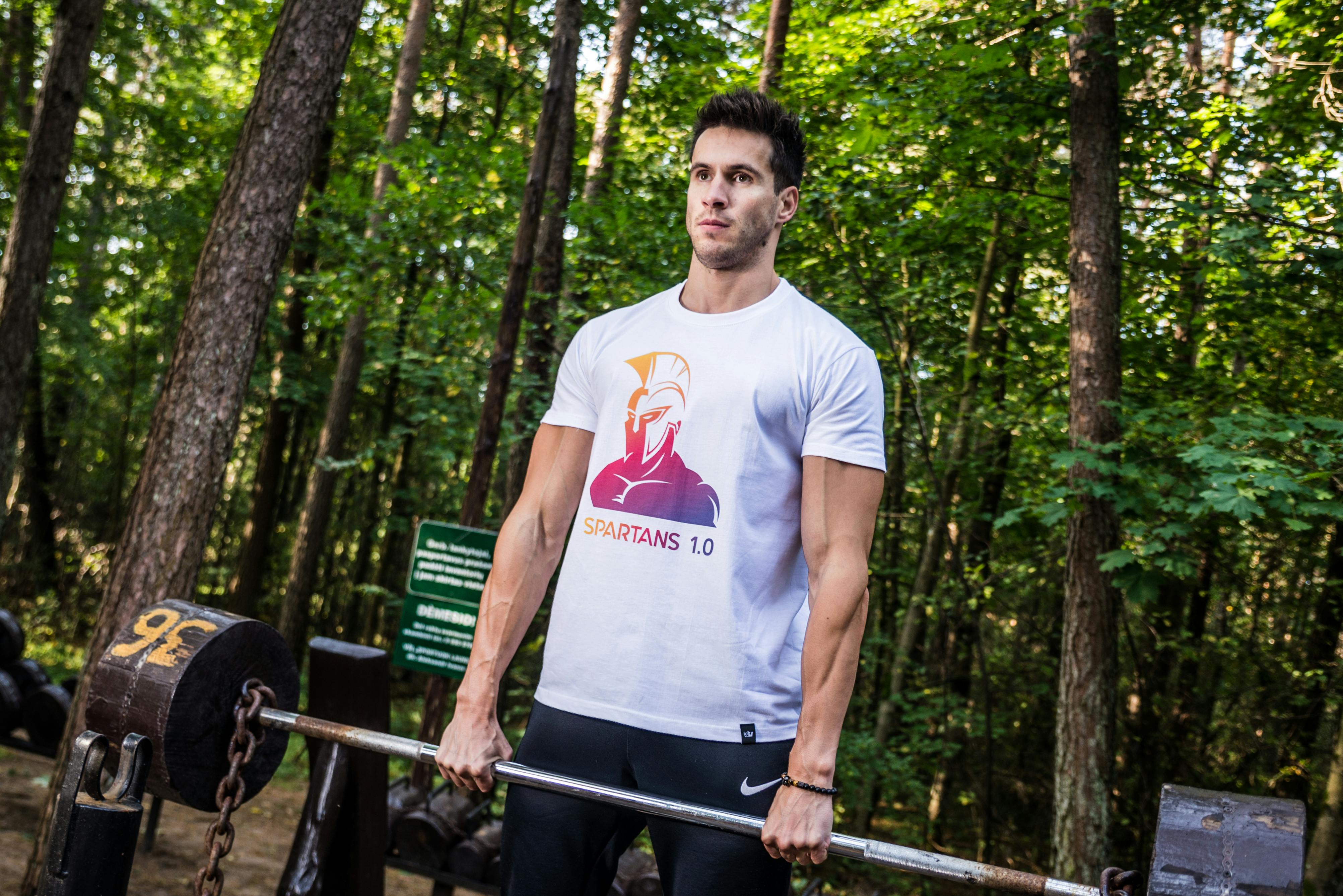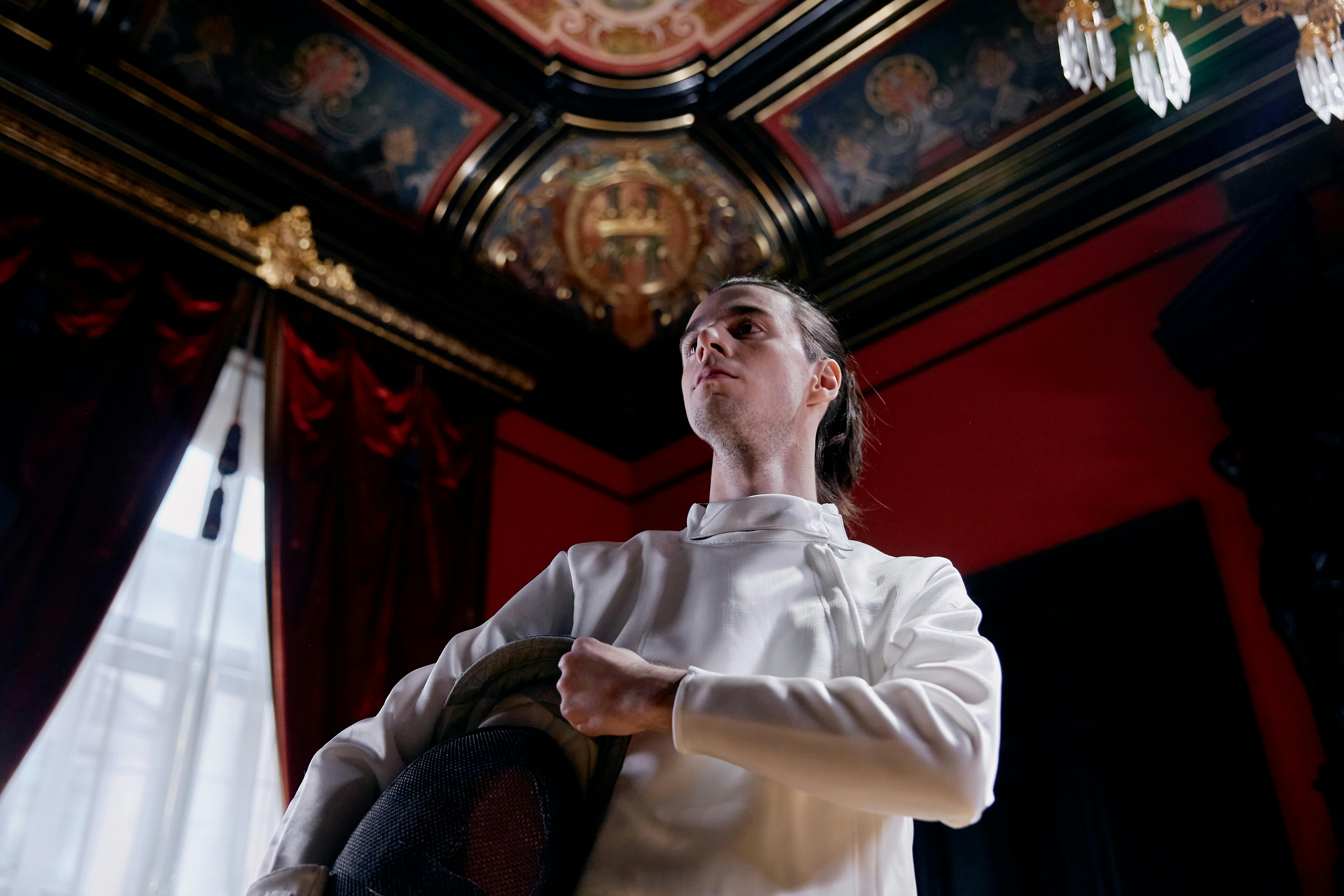
The Las Vegas Hilton SuperContestants are predicting that Sunday will be a real turkey for bookmakers and underdog gamblers.
Twelve games are scheduled on that day’s NFL card and the Hilton consensus sided with the favorites in 10 of them.
Underdog San Francisco, an upset winner over Seattle’s Matt Hasselbeckless last week, was an 84-48 pick over St. Louis.
Opinions on Game 12 were evenly split, with Atlanta the field-goal favorite and New Orleans each receiving 68 nods.
Field-goal favorite New England drew strong support 139-40 over the 9-1 Chicago Bears, becoming the Pats’ best bet of Week 12.
The SuperContest attracted 416 players who paid $1,500 each; a host of contestants have dropped out along the way, with many expected to return for a three-week mini-contest at the end of the season.
Hilton participants make five pro picks weekly, receiving one point for a win and a half point for a push.
The contest is entering its 12th week of 17 and will pay out the top 20 finishers, with nearly $250,000 going to the champion.
Another bonus of $10,000 (added) for anyone who chooses more than 67 percent of winners.
SuperContestants took two dogs and a favorite on Thursday and won one of each.
The consensus won with local favorite Miami, a 65-57 pick over Detroit, and Kansas City, a 115-30 pick over Denver.
He lost to Tampa Bay, which scored a 55-42 call over 10 1/2-point favorite and winner Dallas.
Monday night’s nod went to Green Bay, underdog by 10 points, a 34-23 pick over Seattle.
The New York Jets were a close 43-44 pick over Houston’s 5 1/2-point dog, the closest call of the week after the Falcons and Saints.
Other consensus picks, all favorites, were Jacksonville, 63-18 over Buffalo;
Indianapolis, 83-38 over Philadelphia; Baltimore, 94-32 over Pittsburgh; Cincinnati, 109-35 over Cleveland; Minnesota, 77-20 over Arizona; Carolina, 103-39 over Washington; the New York Giants, 67-46 over Tennessee; and San Diego, 41-31 over Oakland.
The consensus is 76-79-4 to date and the best plays are 7-4.
Jarhead has sole possession of the former with a 40-14-1 ledger and a 2 1/2 game lead over Chicago Pete (Ventrella) and Win Big.
Four players are another half game behind and a fifth is down five full games.
Jarhead and Chicago Pete won with the Chiefs on Thursday, while Win Big skipped T-Day business.
Jarhead’s remaining Week 12 picks were the Jaguars, Texans, Saints and Eagles.
Chicago Pete has the Cardinals, Rams, Falcons and Redskins left.
Win Big’s five options were the Bills, Browns, Bears, Eagles and Giants.








